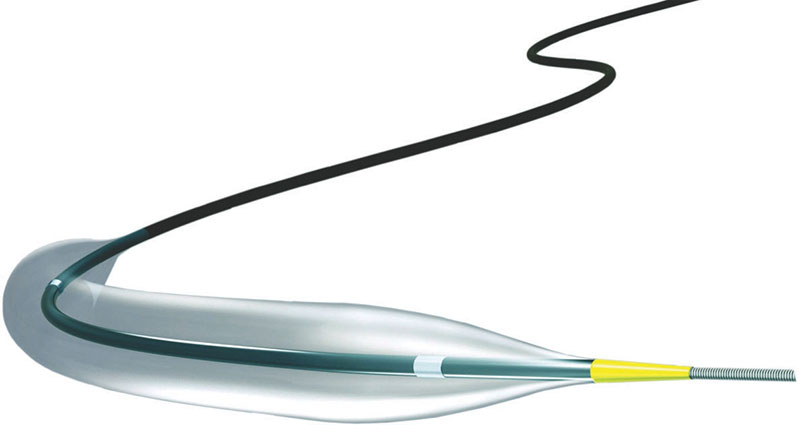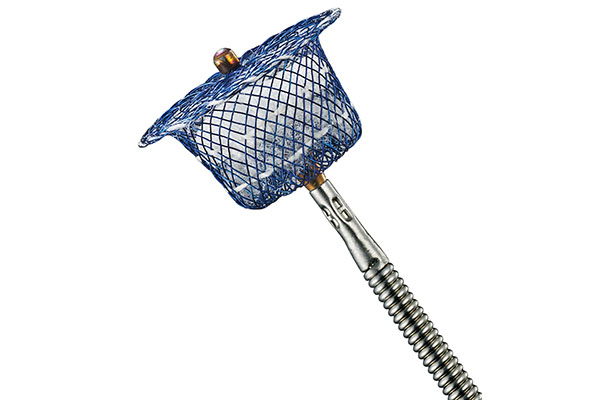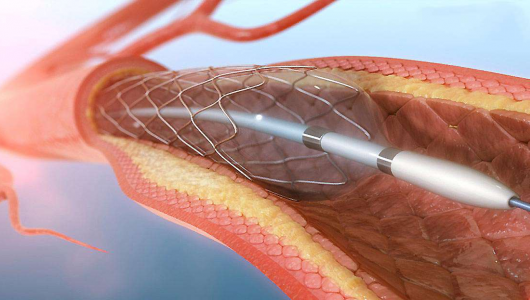Information For Patients - Cardiology
Thanks for visiting this page. The information contained here is to help the patient understand the basics of anatomy and physiology relating to our products. This may help the patients to connect with the physician and the treatment.

Percutaneous Coronary Intervention (PCI) with Occluder and Balloon
Percutaneous coronary intervention (PCI) is a minimally invasive procedure used to treat coronary artery disease (CAD). It involves inserting a catheter into the artery and inflating a balloon to widen the narrowed or blocked section.
An occluder is a device that can be used during PCI to close off a blood vessel. This can be helpful in a number of situations, such as:
* When a blood vessel is blocked and cannot be opened with a balloon
* When a blood vessel is bleeding
* When a blood vessel needs to be closed off temporarily during the procedure
A PTCA-CBGA procedure is a type of PCI that uses a coronary artery bypass graft (CABG) to bypass a blocked or narrowed section of the artery. An occluder is often used during this procedure to close off the blocked section of the artery.
Occluders
There are several different types of occluders that can be used during PCI. Some common types include:
* Amplatzer Occluder: This is a wire mesh device that is inserted into the artery and then expanded to close it off.
* Amplatzer Vascular Plug: This is a similar device to the Amplatzer Occluder, but it is designed for use in larger vessels.
* Gore TAG Occluder: This is a braided mesh device that is inserted into the artery and then expanded to close it off.


Balloon
A balloon is a small, inflatable device that is inserted into the artery during PCI. It is then inflated to widen the narrowed or blocked section of the artery.
PTCA-CBGA Procedure

During a PTCA-CBGA procedure, a catheter is inserted into the artery through a small incision in the groin. The catheter is then threaded through the artery to the blocked or narrowed section. An occluder is then inserted and expanded to close off the blocked section. A graft is then sewn in place to bypass the blocked section.
If you are considering having a PCI procedure, it is important to talk to your doctor about the risks and benefits.

